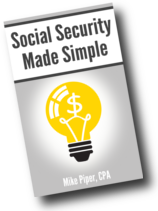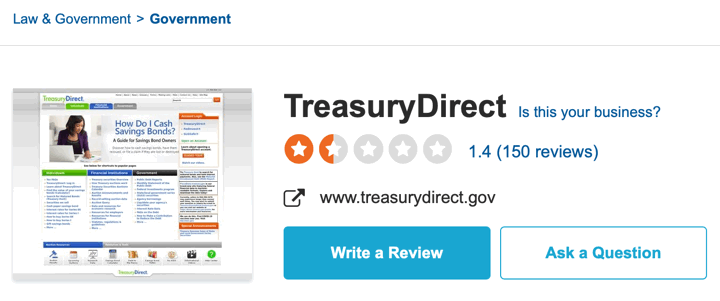The impact of a 10-20% tariff on America’s trading partners floated last week by Donald Trump has raised trade issues anew on the 2024 campaign trail.
“It’s basically you hurt us and we hurt you,” Trump said Monday in Pennsylvania while discussing his desire to put up reciprocal tariffs on trading partners.
“It’s an eye for an eye and it’s common sense,” added Trump, who was weighed into the topic repeatedly in recent days.
Democrats are also seizing on the idea, with Kamala Harris charging that it would represent a “national sales tax.” And President Joe Biden, among others, brought it up Monday night as Democrats gathered in Chicago for their convention.
“Donald Trump wants a new tax on imported goods: food, gas, clothing and more” the President said during his keynote speech.
Trump’s idea for blanket tariffs is one of a series of proposals in recent days from both sides that economists don’t love, including Harris’s plan to impose the first-ever federal ban on price gouging on food and a new homeowner subsidy of $25,000.
But trade experts are deeply skeptical of a notion Trump has pushed in recent days that a tariff “doesn’t affect our country.”
“At the end of the day, it’s the US importer that will absorb [the tariff] and the US consumer ultimately that will pay the price,” said Ashley Craig, a Washington, D.C.-based trade lawyer, this week, echoing the concerns of many.
“I think he’s deliberately refusing to recognize that,” added Craig, the chair of Venable’s International Trade Group, of Trump.
Trump’s case for the tariffs
The back and forth is the latest chapter in a debate over trade that has raged for years, ever since Trump instituted a historic wave of duties on China and other trading partners.
His move while in office upended decades of free-trade doctrine in Washington and proved to be durable. Biden has not only kept the duties in place but raised them on certain “strategic” sectors.
In pitching a return to office, the former President had already proposed a massive expansion of those trade wars, including a 10% tariff on imports from around the world and 60% duties on goods from China.
Then came last week and the speech in Asheville, NC.
“We are going to have 10 to 20% tariffs on foreign countries that have been ripping us off for years,” he told the crowd, repeating the point for emphasis.
Trump then followed up with an extended discussion of tariffs during a rally Saturday in Wilkes-Barre, Pa., where he said among other things that “a tariff is a tax on a foreign country: that’s the way it is, whether you like it or not”
He added that “it’s a tax that doesn’t affect our country.”
Many economists and trade experts strongly beg to differ, noting that tariffs are actually assessed on companies as they bring goods into the United States.
There is a debate about exactly how those cost are distributed, but it’s clear that consumers bear a large burden in the form of increased prices.
The Peterson Institute for International Economics has run the numbers and found that Trump’s initial tariff ideas (60% duties on China and 10% on other trading partners) would lead to a typical middle class household paying at least $1,700 more each year.
Another estimate from Brendan Duke of the left-leaning Center for American Progress comes in even higher. He finds that a 10% tariff combined with 60% on Chinese goods could mean an additional cost of $2,500 for a typical family in the middle of the income distribution.
And a 20% tariff could mean an additional cost of $3,900.
Even Trump himself seemed to back away slightly on Monday during an appearance in Pennsylvania where he didn’t repeat the possibility of 20% tariffs and downplayed the effects of 10% duties.
“A small 10% tariff on foreign made products will allow massive tax cuts for working families,” he said, citing a study from a group called a Coalition for a Prosperous America that finds tariffs would raise consumer prices by about half a percent per year but that those increases could be offset by tax cuts.
Trump and his allies also often point out in response to critics that inflation remained under control during the four years of his presidency — even as that first round of tariffs went into place.
How Kamala Harris could approach the issue
The criticisms of Trump’s plan have indeed flowed in from a range of current and former Democratic officials.
“It will mean higher prices on just about every one of your daily needs,” Harris said last week in North Carolina, likening tariffs to “a national sales tax.”
Willett Advisors LLC Chairman and CEO Steven Rattner — a former Obama administration official — said in a recent Yahoo Finance Live appearance that Trump’s tariff agenda would be a “hugely regressive form of tax” that could spur new inflation.
Harris, meanwhile, hasn’t outlined her tariff agenda yet, but some experts expect she could be a reset of sorts on the issue as she has been focused elsewhere during her time as vice president.
Harris did vote no in 2020 on the Trump-negotiated USMCA trade deal to replace the North American Free Trade Agreement. She cited the need for more worker and environmental protections as her reasons for opposition.
She appears likely to continue much of Biden’s approach for now, according to Venable’s Craig.
“I don’t see her frankly, walking away from the Trump tariffs that Biden has not walked away from, maybe a little bit of relief here and there like Mr. Biden did,” he said.
Criag added: “I wouldn’t see a radical transformation if there was a Harris White House.”
Ben Werschkul is Washington correspondent for Yahoo Finance.
Read the latest financial and business news from Yahoo Finance










